The Windows Registry is a graphical application that maintains the database of all the configuration settings, stores information of hardware and system options. In other words, the Windows Registry is nothing but a repository of configurations and settings that allows users to view and modify advanced settings. It gives a clear idea of how memory is set up on your system and the essential programs supporting the operating system’s boot. The users can view and edit the Windows registry using Windows Registry Editor.
While the Windows Registry rarely needs any edits, there may be instances wherein administrators have to modify the registry keys that are corrupted or maybe even have to delete the corrupted registry keys. The Registry editor may also be used often by system administrators to import.REG files or export the files and create the registry keys and subkeys. With the help of Registry, one can easily customize the computer environment to have a personalized environment. It is not recommended to make changes to the registry, as a little error may corrupt the entire normal functioning of an operating system. However, creating a registry backup is advisable before modifying the Windows Registry.
If you use Registry editor quite often, you may want to open it using Run prompt only (Winkey+R). While we all seek the quickest, most convenient way of accessing the Registry Editor, the keyboard shortcuts save you precious time. While there is no such standard shortcut for Registry Editor in Windows system, one can create the desktop shortcuts for Registry Editor by following some simple steps.
In this article, we discuss how to create a desktop shortcut & a keyboard shortcut to open the Registry Editor.We also discuss how also to create a bat file to open it and give it administrator privileges.
Create desktop shortcut to open Registry Editor
To create a desktop shortcut, on your Windows Desktop, right-click and click on New from the context menu.
Expand New and click on Shortcut to open the Create a shortcut wizard.
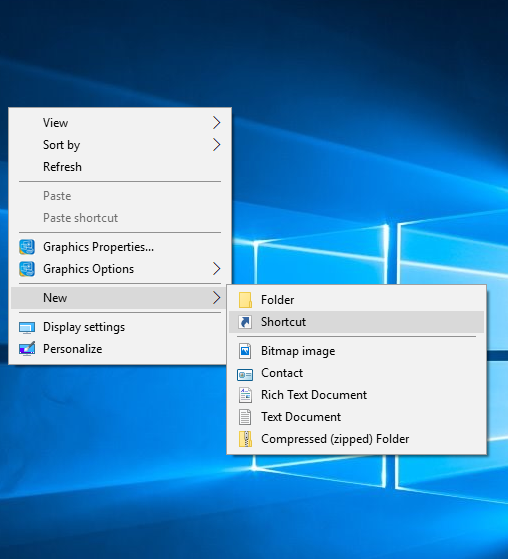
In the Create a shortcut wizard, type the following path in the blank box and click on Next-
C:\Windows\regedit.exe
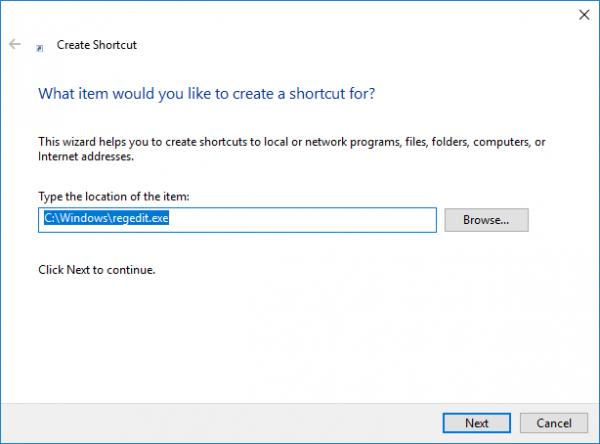
Now type the name for the shortcut in the text field and click on Finish.
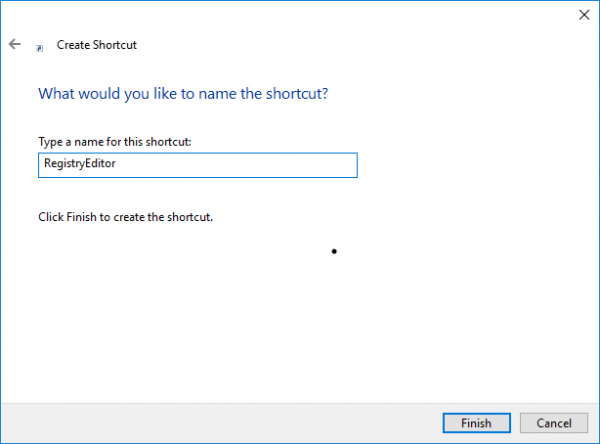
Voila, the shortcut to open the Registry Editor is now created on your desktop.
You can assign keyboard shortcuts to open the Registry Editor to further facilitate the task and provide quick access to the registry.
The following steps will guide you in assigning a keyboard shortcut for Registry editor.
Assign Keyboard shortcut for Registry Editor
Locate the newly created Registry Editor shortcut on the desktop.
Right-click on it and click on Properties. Go to the Shortcut tab.
Click on the blank text field of a Shortcut key. Press any key to assign the sequence for the shortcut. Remember whatever key you choose, CTRL+Alt will be automatically prefixed to it.

For instance, if you chose the key ‘U’, the sequence Ctrl +Alt + U is created as the shortcut key for Registry Editor.
Provide administrator privileges to the Registry Shortcut
Now to open the Registry Editor as an admin you need to provide administrator privileges to the desktop shortcut.
To do this, locate the newly created Registry Editor shortcut on the desktop.
Right-click on it and click on Properties.
In the Properties window, Go to Shortcut tab and click on Advanced button.
Select the box against Run as administrator.
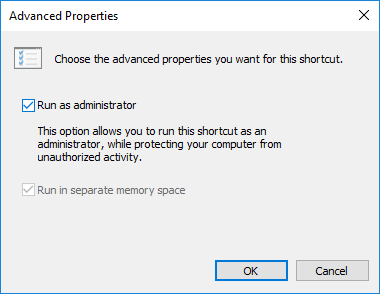
Click on OK to save the changes.
Create BAT File for Registry Editor
The alternate way is to create a BAT file as a shortcut to open the Registry Editor.
The following steps will guide in creating a BAT File.
Right-click on the Desktop to open the context menu and click on New. Expand New and click on Text Document.
Type regedit in the notepad.
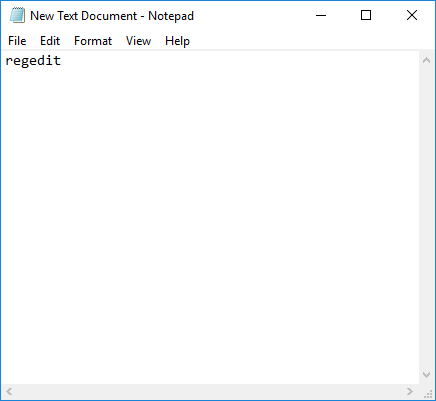
Go to files and click Save As.
In the text box, type the filename as Registry Editor.bat.
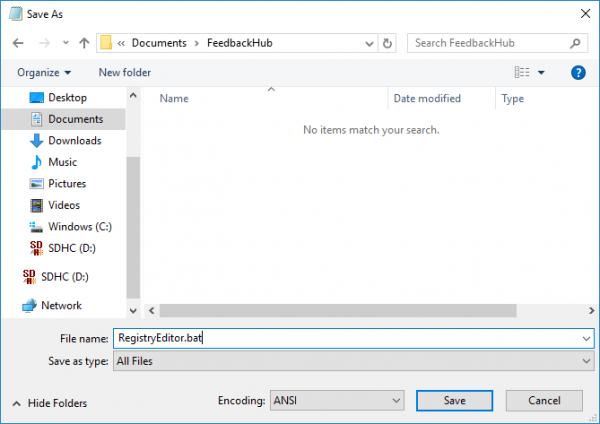
Chose ALL Files for Save as type. Click on Save to create the Registry Editor shortcut.
To give the administrator privileges, right click on the newly created shortcut and click on Properties.
Go to Security tab and click Allow Full control for Administrators.
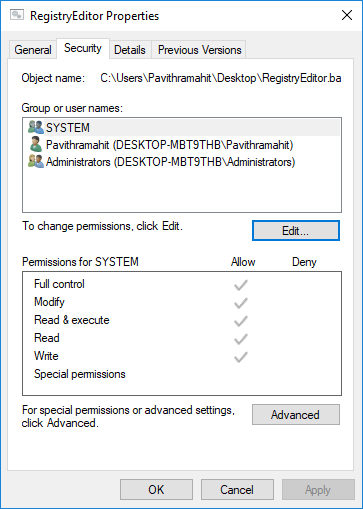
Click on OK to apply the changes.
Let us know if you have any questions or observations to make.
Read next: Registry Editor Tips & Features.
Leave a Reply